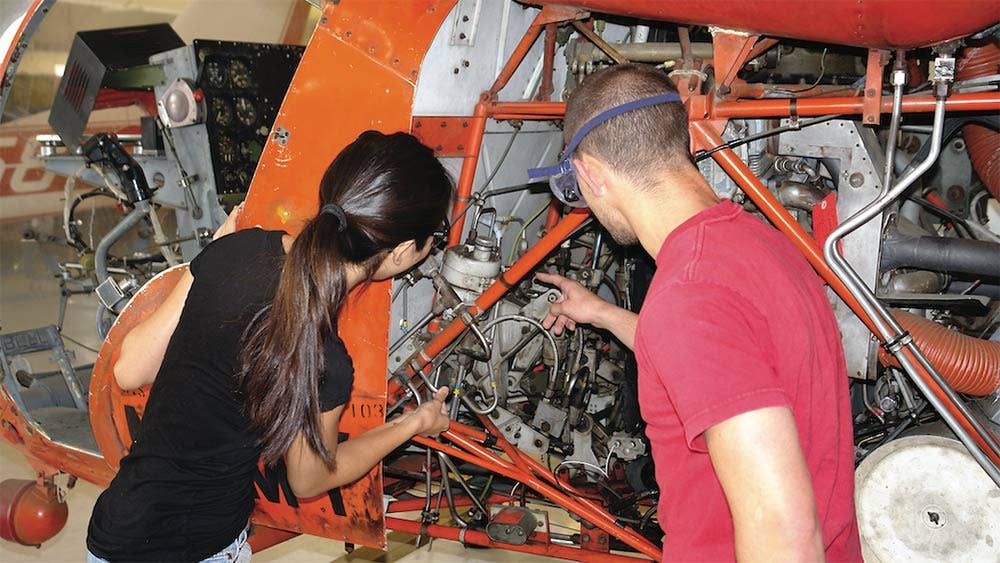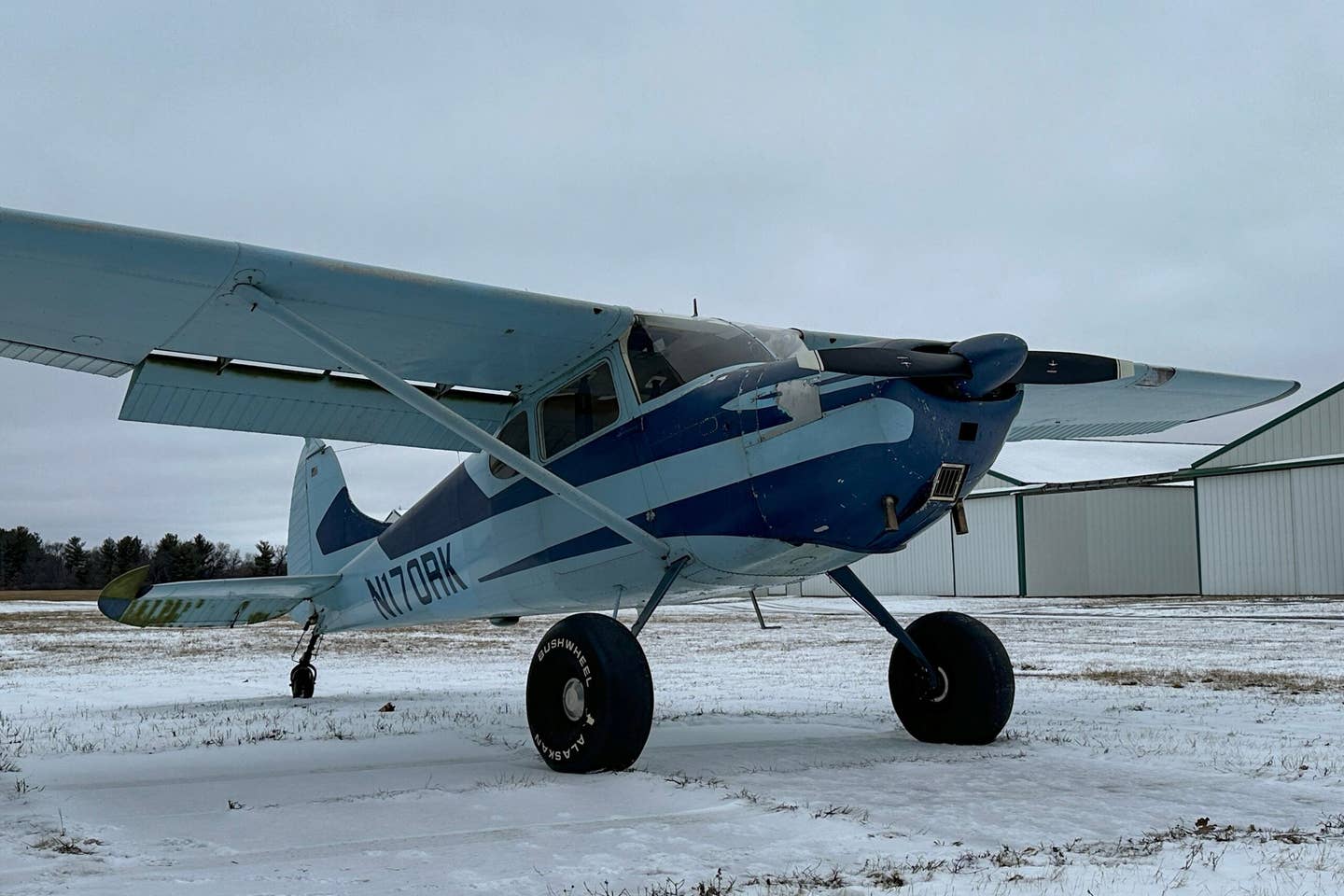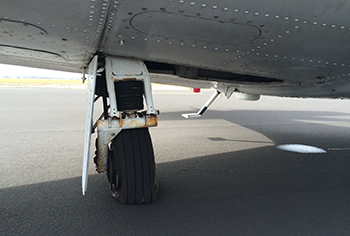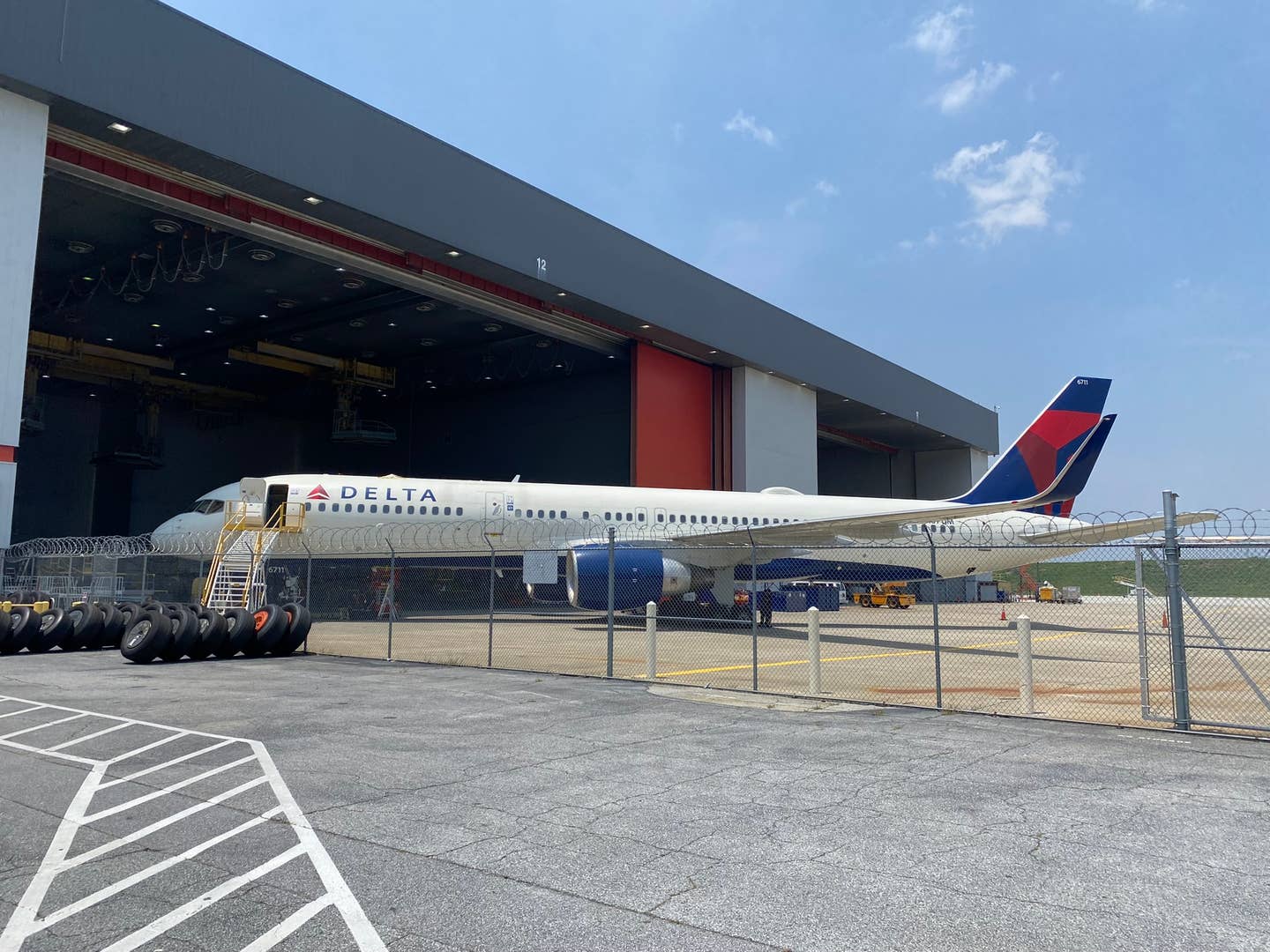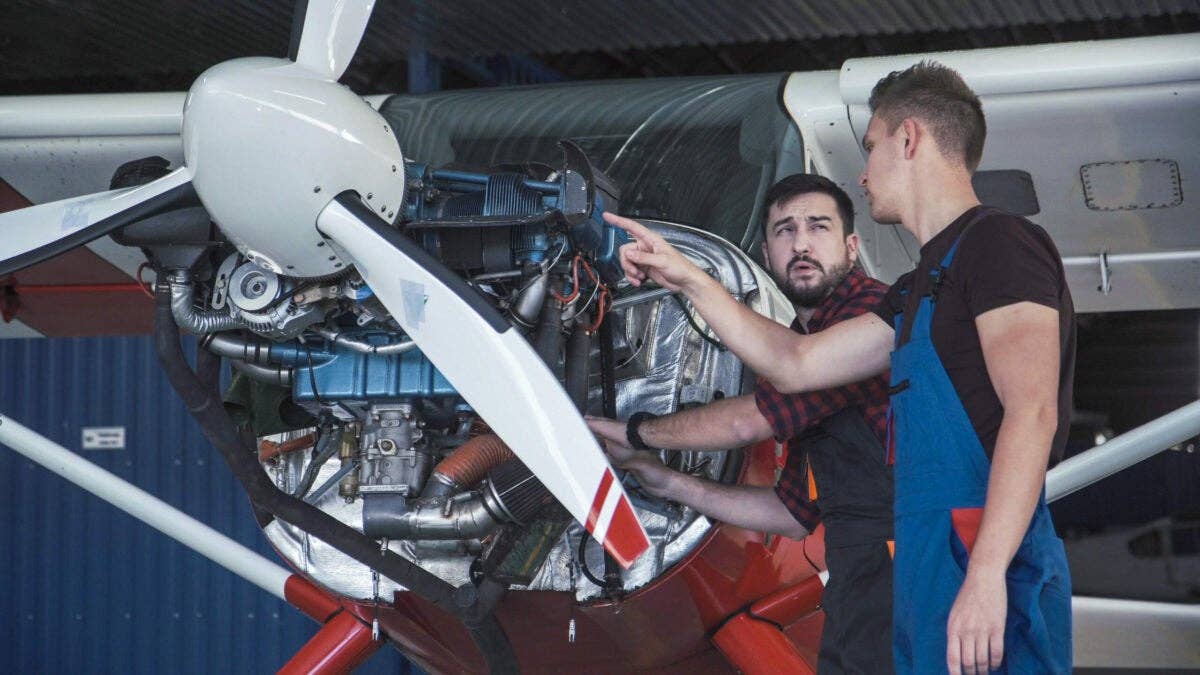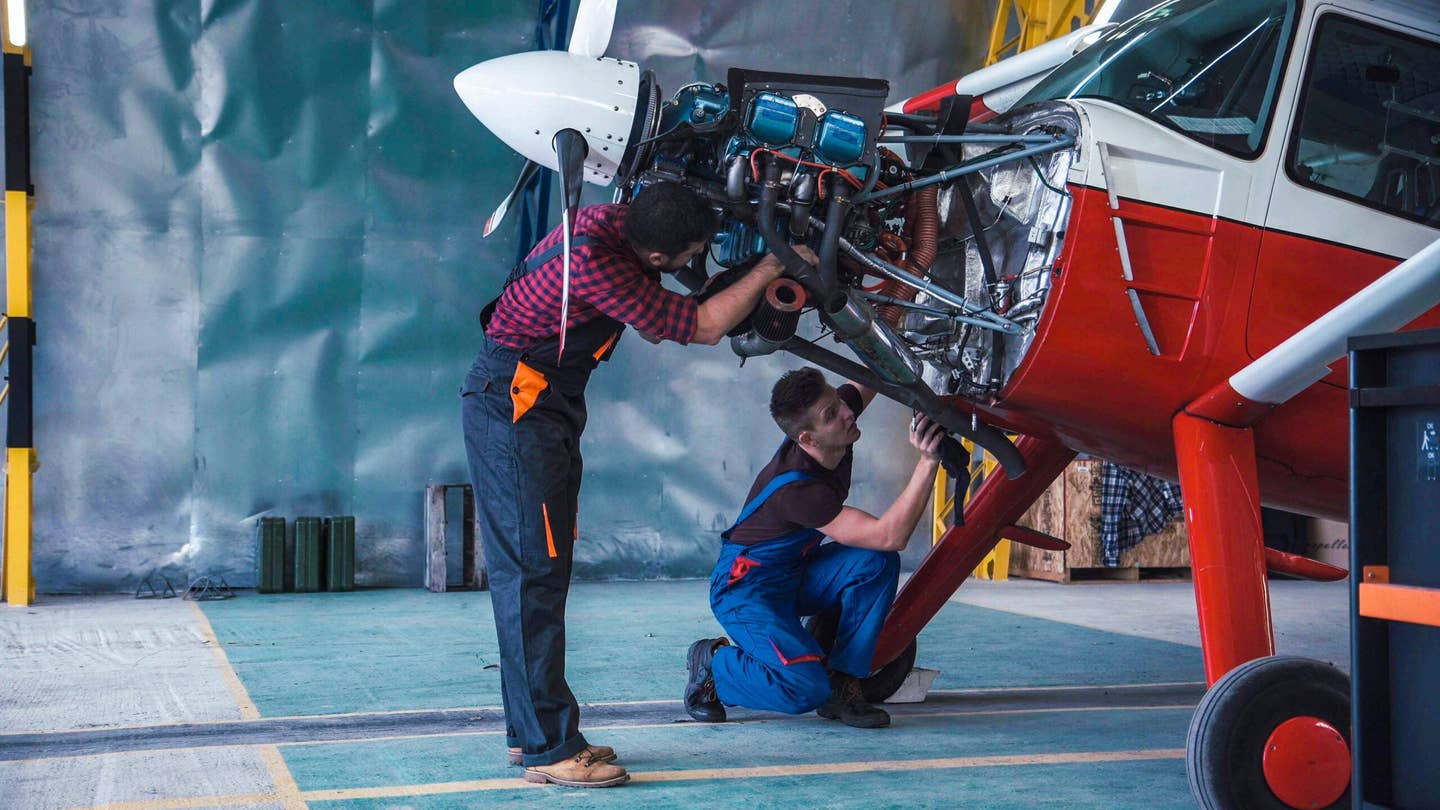Aviation Maintenance in a Time of Wildfires
Aircraft jet engines are particularly susceptible to damage when flying through adverse conditions such as forest fire smoke.
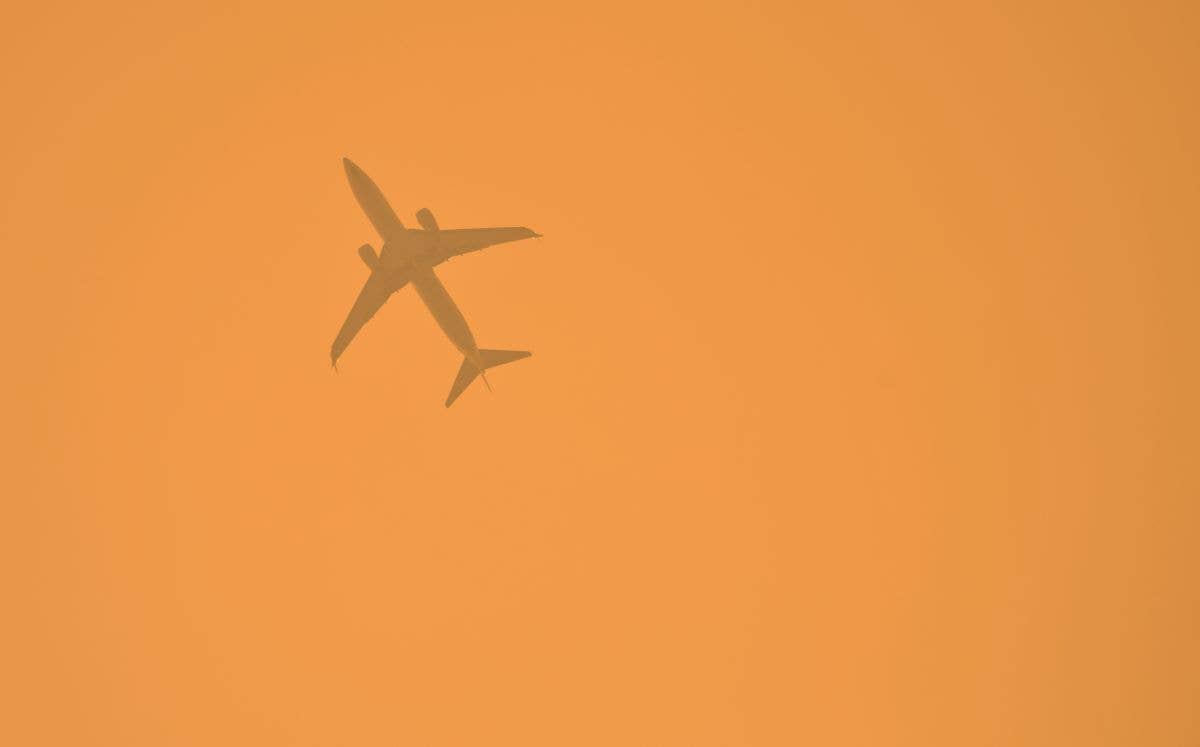
Wildfire smoke causes more flight delays than rain or fog, according to the FAA. [Credit: Shutterstock]
In March, wildfires erupted in Canada, creating an early kickoff to what some experts maintain could become an unprecedented, active, and historic fire season. As of early June, nearly 11 million acres have been scorched, according to reports. Thick smoke covered much of the northern U.S., hampering visibility.
It's a scenario that will likely only become worse, heading into the fire season peak months of July and August. Flying through wildfire smoke leads to two immediate hazards: turbulence and reduced visibility. Wildfires can also have an effect on an aircraft's engine.
Wildfires’ Impact on Aircraft
Wildfire smoke causes more flight delays than rain or fog, according to the FAA.
When aircraft need to land during periods of poor visibility, they rely on advanced navigation systems on the ground and in the airplane, Kevin Morris, the agency's unmanned aircraft system and advanced air mobility coordinator, explained in a recent social media post.
"These systems work well through water droplets but can be less effective through solid particles, such as smoke and ash," Morris said.
We're getting lots of questions about why wildfire smoke causes more flight delays than rain or fog. Kevin Morris has the answer! The FAA works to get you to your destination safely. Always check with your airline for flight status. Airport info is at https://t.co/smgdqJNBiL. pic.twitter.com/BMnmPZB4vO
— The FAA ✈️ (@FAANews) June 8, 2023
Older aircraft rely on the pitot-static system to perform specific jobs during flight. Dirty air, such as that created by wildfire smoke, may contain particles of ash that could interfere with the function of the system. Anytime you encounter smoke and ash in flight, it is good practice to change the system filters.
“Smoke particles can clog air filters, coat engine components, and reduce engine performance, which can lead to engine failure if not addressed promptly,” according to training consultants Gleim Aviation.
While trained aircrew can navigate through smoky conditions in aircraft designed to safely pass through the limited visibility using visual flight rules (VFR), doing so could cause long-term harm to the airplane. Aircraft jet engines are particularly susceptible to damage when flying through adverse conditions such as wildfire smoke.
It starts with the basics of jet engine operations. During the intake phase of engine operation, the “spinning fan sucks in large quantities of air," according to NASA. This means that while operating through or near a wildfire, the engine intakes not only air but also any particles suspended in the air, such as soot, ash, and foreign matter.
According to NASA, the temperature of the aircraft engine turbine section “can reach 2,700 degrees.” Shouldn’t this material burn up during combustion?
Not necessarily.
Over time, the smoke and soot from the fires will start to collect on the compressor blade, stator vanes, and compressor diffusers, according to Ketan Desai, chief sales and marketing officer for Atlanta-based Precision Aviation Group-Engine Services. Desai said the particles will contribute to premature erosion of the components, decreasing efficiency and engine performance.
Minimize Impact
The buildup of the foreign material reduces aerodynamic efficiency of the blades "like that of an aircraft wing under icing conditions," according to FAA Advisory Circular AC 65-12A in the Airframe & Powerplant Mechanics Powerplant Handbook.
"Unsatisfactory acceleration and high exhaust gas temperature can result from foreign deposits on compressor components," per the AC. "An end result of foreign particles, if allowed to accumulate in sufficient quantity, would be complete engine failure. The condition can be remedied by periodic inspection, cleaning, and repair of compressor components."
One way to help minimize the decreased compressor efficiency and engine performance caused by the buildup from the soot is to perform daily compressor washes and rinses. For rotary wing operators, the best way to prevent premature erosion from airborne particles would be to operate with an approved engine inlet barrier filter.
When Flying Through Smoke
During wildfires, remember the FAA could impose a temporary flight restriction due to either hazardous conditions or to clear airspace for aerial firefighting operations. In addition, flying too close to a wildfire can interfere with aerial firefighters. This rule includes drones and unmanned aircraft systems. Make sure you do your homework before filing your flight plan.
In Canada, for example, unauthorized pilots may not "operate an aircraft over a forest fire area or over any area that is located within 5 nm of one, at an altitude of less than 3,000 feet AGL," according to Transport Canada.
Conditions around the fires are also highly hazardous to your health as wildfire smoke presents a mixture of gaseous and hazardous pollutants that can impact those operating aircraft. Try to avoid flying in these areas.

Sign-up for newsletters & special offers!
Get the latest FLYING stories & special offers delivered directly to your inbox

